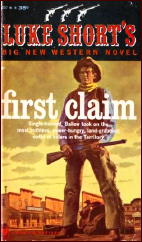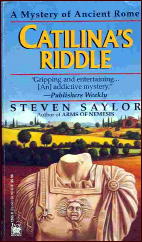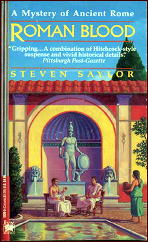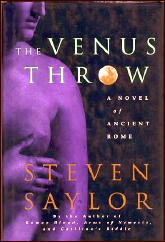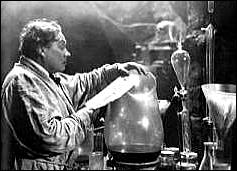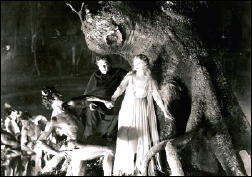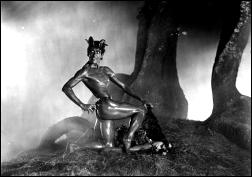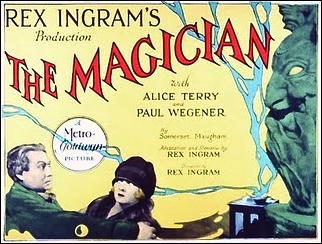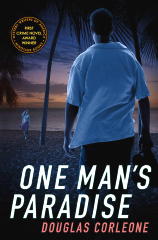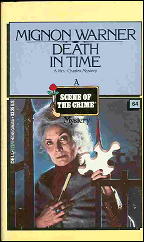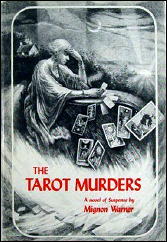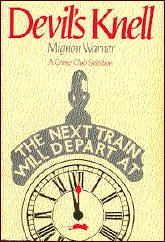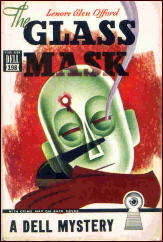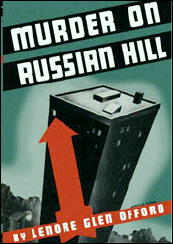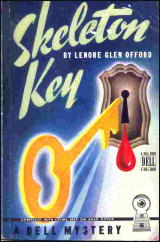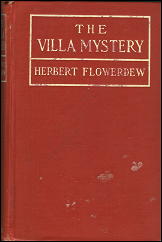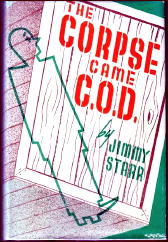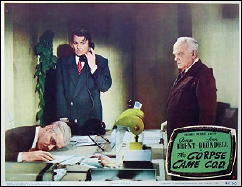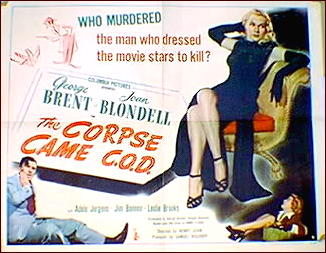Sun 22 Aug 2010
Reviewed by Walker Martin: MICHELLE NOLAN – Ball Tales.
Posted by Steve under Pulp Fiction , Reference works / Biographies , Reviews[4] Comments
MICHELLE NOLAN – Ball Tales: A Study of Baseball, Basketball and Football Fiction of the 1930’s through 1960’s. McFarland, hardcover, February 2010.
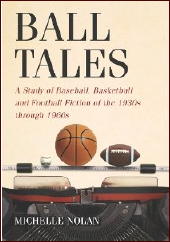
Over the decades I have collected just about every pulp genre except for love pulps and sport pulps. I have several issues of each type, but every time I’d try to read a romance or sports story, the strict formula that these magazines followed would defeat me.
Most of the fiction was very upbeat with happy endings, even more formula-bound than the western pulps. At least I can read the other genres (western, SF, detective, adventure, etc), but not the love and sport pulps.
And this prejudice is not mine alone. I’ve come across a few collectors like Digges La Touche and Steve Lewis who occasionally buy a love pulp, but until I met Michelle Nolan and possibly Randy Vanderbeek, I never really met someone who was seriously collecting runs of sport and love magazines.
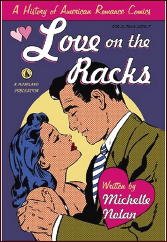
At PulpFest 2010 I had an opportunity to talk to Michelle and we briefly discussed her book, Love on the Racks, which mainly covers the romance comics with a few pages on the love pulps. But the main topic was her new book recently published by McFarland, Ball Tales. Copies are available on amazon.com for $35.00.
If you are at all interested in sports fiction, then you should buy this book. The book mainly discusses sport fiction in books and paperbacks. However pulps are referred to in several chapters, and this is of course of interest to pulp collectors. I counted around 20 cover illustrations of pulps showing a sports scene and many other photos of book covers.
The book is 279 pages long. Pulps are discussed in Chapter One, but the main subject is dime novels. Chapter Two is titled “The Great Pulp Sports Rally During the Depression” and covers sport fiction in many of the pulps like Argosy, Sport Story, and so on.
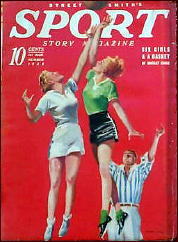
However the best chapter on the pulps (this chapter is a nice long 32 pages) is Chapter Five where Michelle covers sports in many sport and even some love titles. She then covers in Chapter Twelve the only example of female sports competition portrayed on a sports cover (Sport Story, 1st March 1939). This is a very interesting observation when you consider that there were over 1500 sport pulp magazine covers.
She also covers the fact that there have been very few sport pulp anthologies, only three that she lists. Think of it; we live in the Golden Age of Pulp Reprints, but no sport or love reprints from the pulps. (I quickly ordered the three anthologies from abebooks.com).
Finally there is a very valuable appendix: three pages listing the different sport pulp titles, publishers, and years published.
Fellow pulp readers and collectors, this is an excellent piece of original research and if you love sports fiction, or you collect pulps,then it should be in your library.
ADDENDA: Three anthologies taken entirely from the sports pulps are:
Baseball Round-Up, edited by Leo Margulies (Cupples & Leon, 1948).
All American Football Stories, edited by Leo Margulies (Cupples & Leon, 1949).
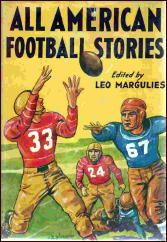
While the Crowd Cheers, edited by David C. Cooke (E. P. Dutton, 1953)
Michelle also calls The Argosy Book of Sports Stories edited by Rogers Terrill “wonderful,” but these came from the time when Argosy was a men’s adventure magazine, not a pulp. Buy the hardback (A. S. Barnes, 1953) because the paperback (Pennant P-61, 1954) cuts five stories.
